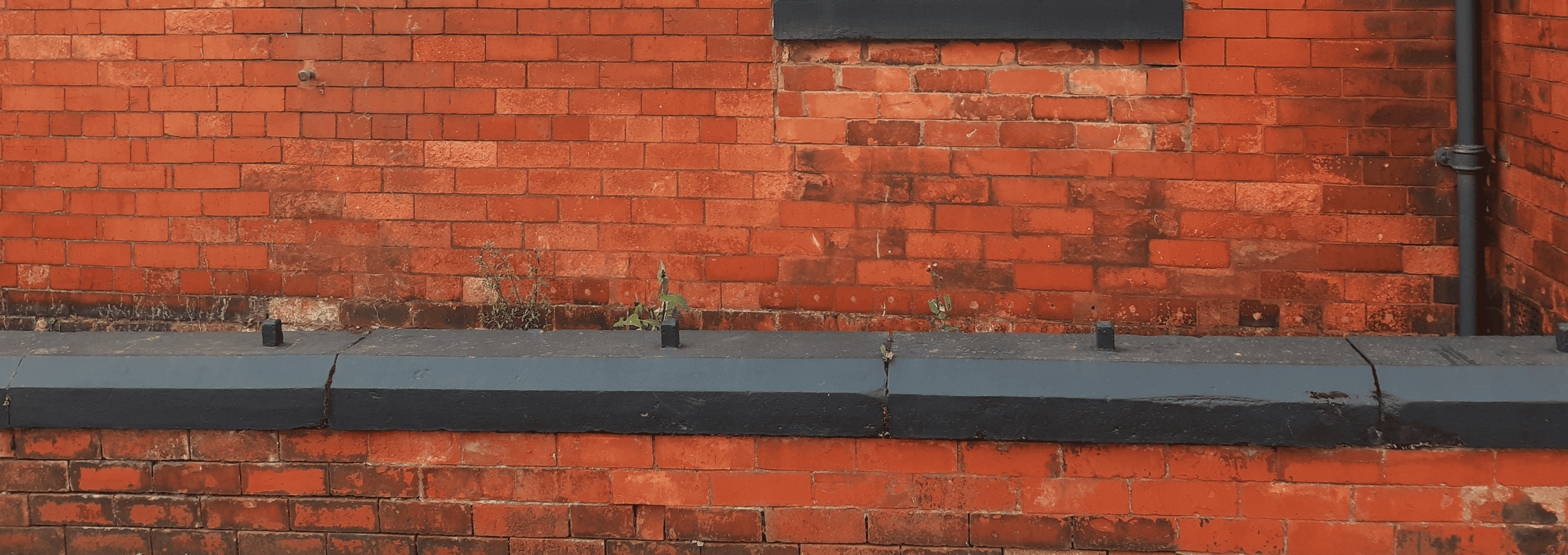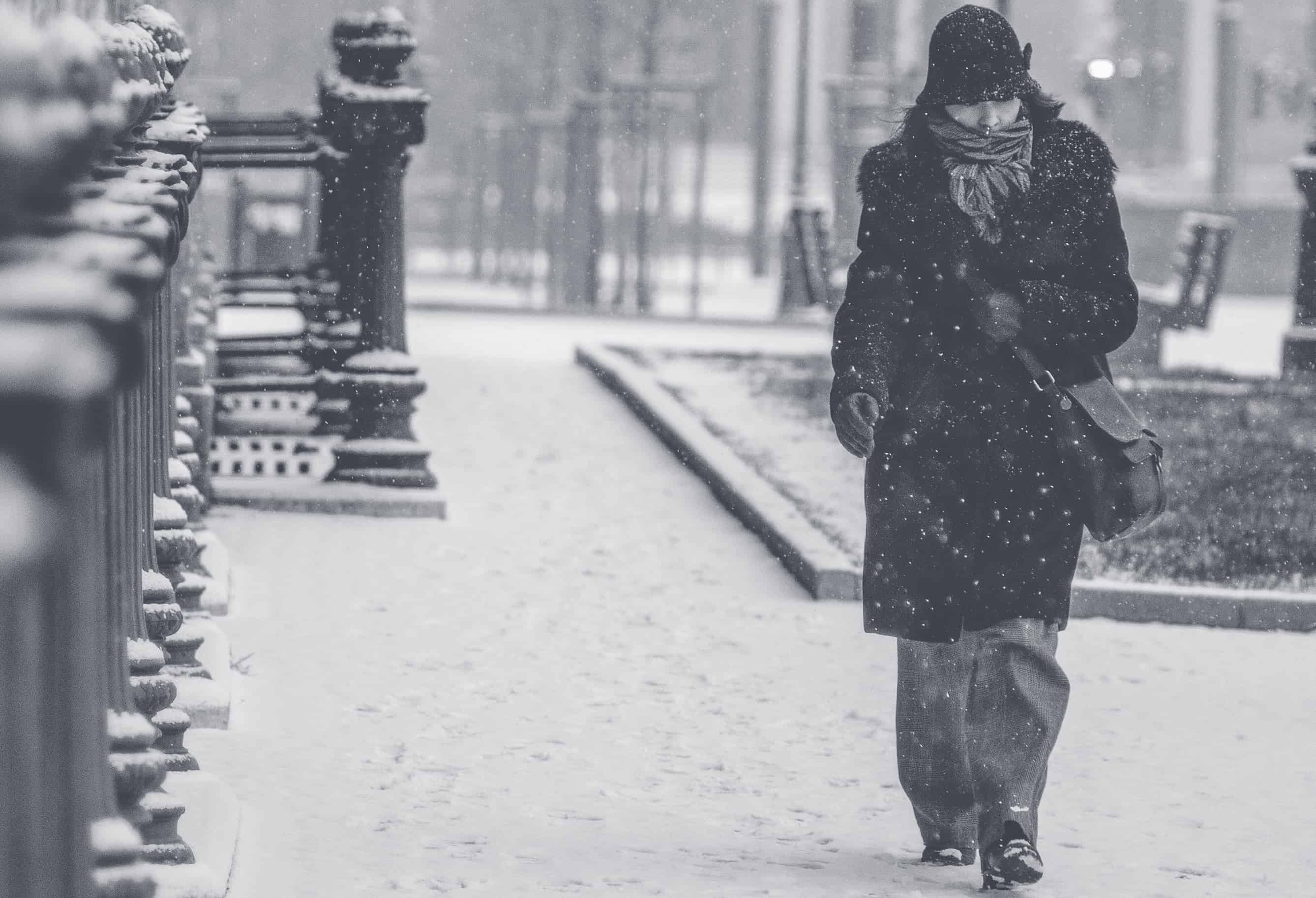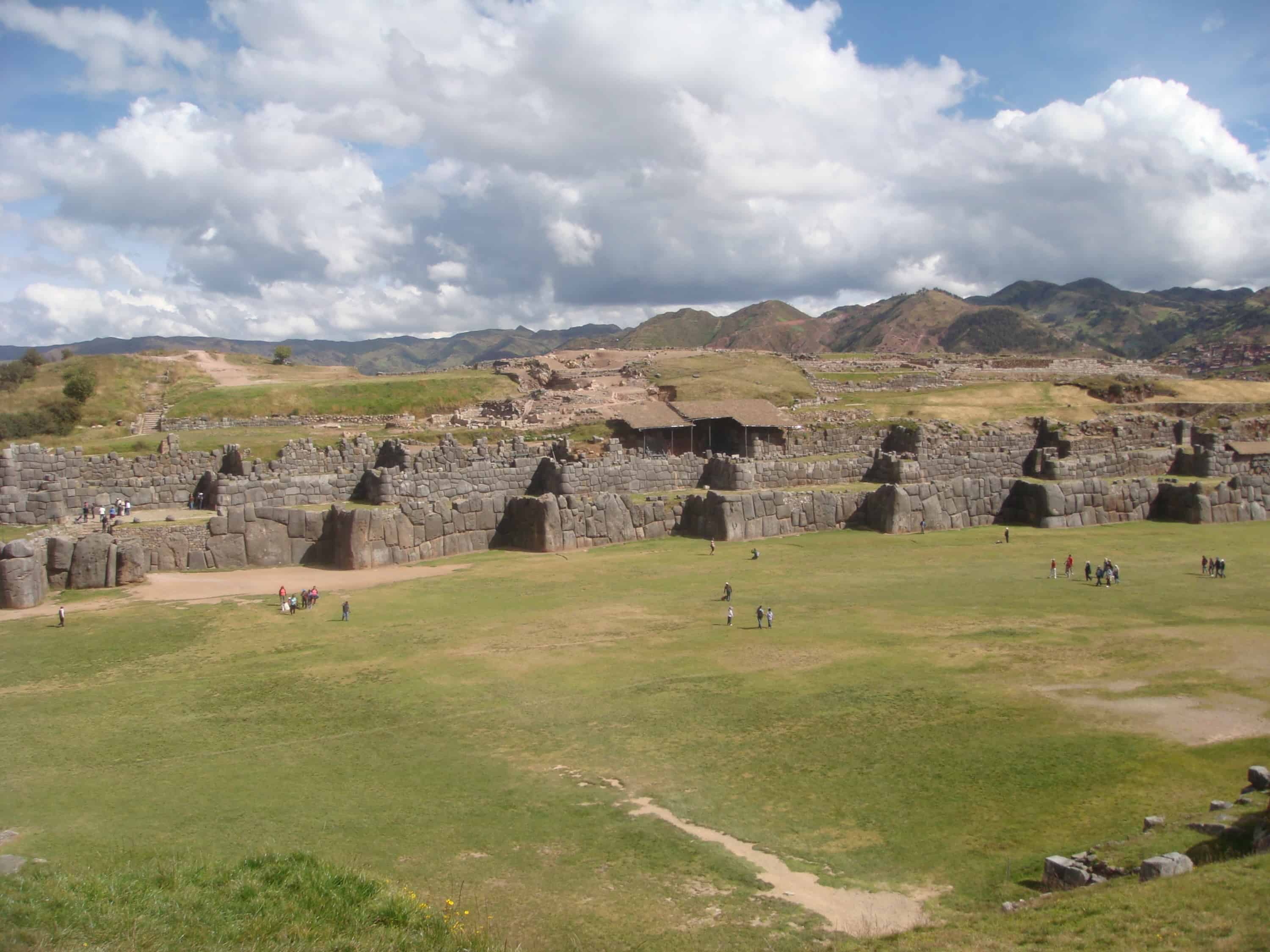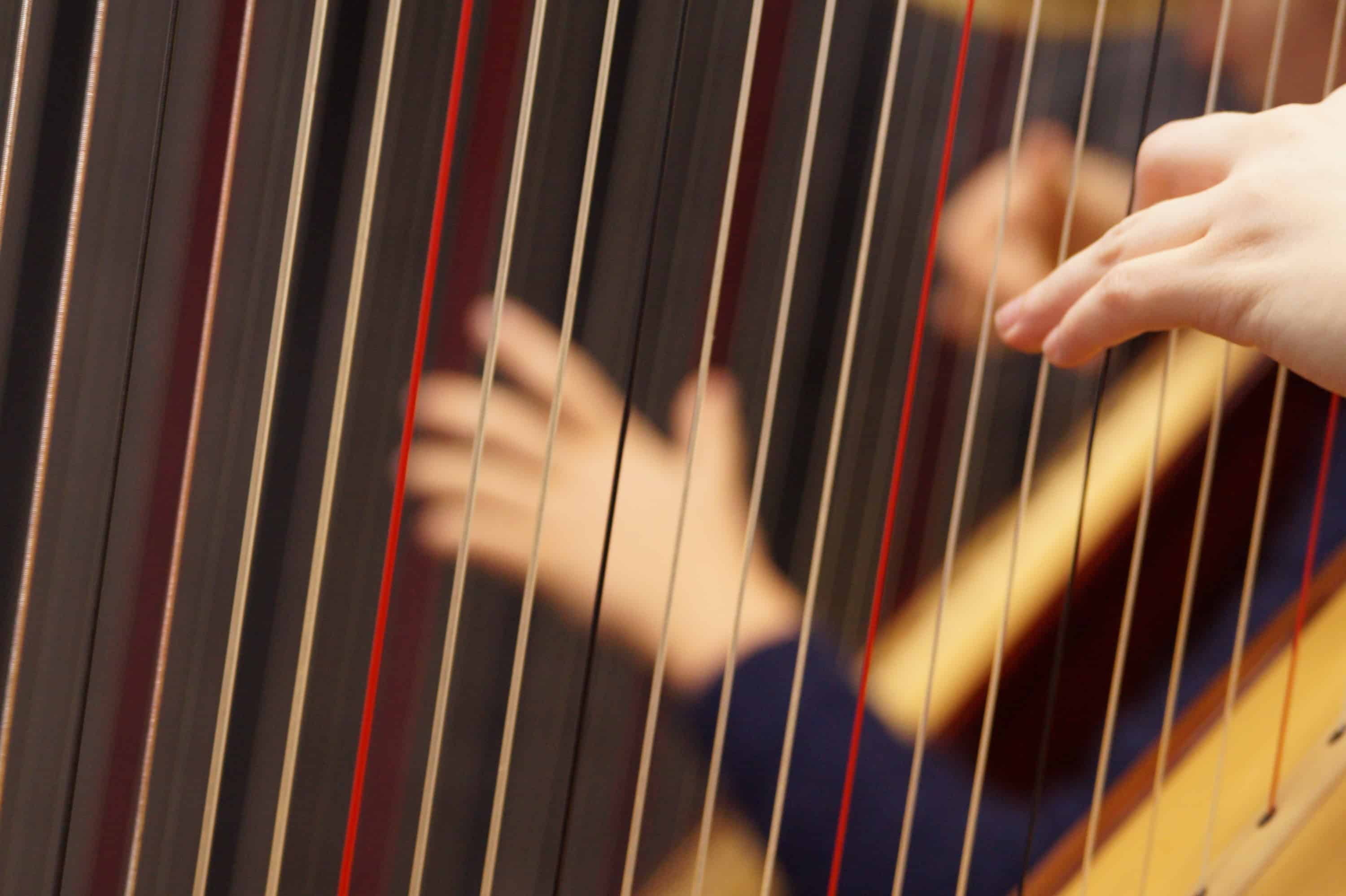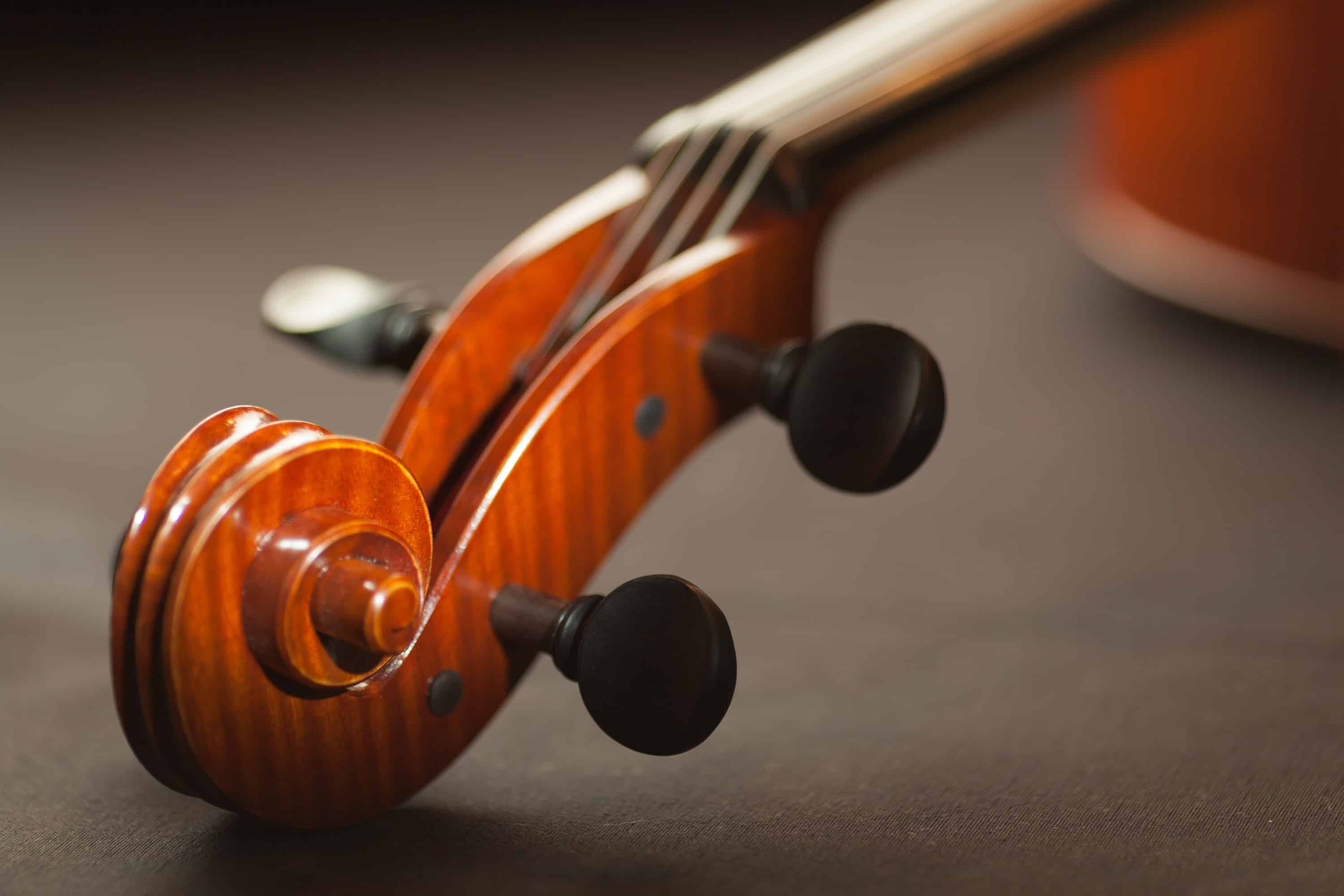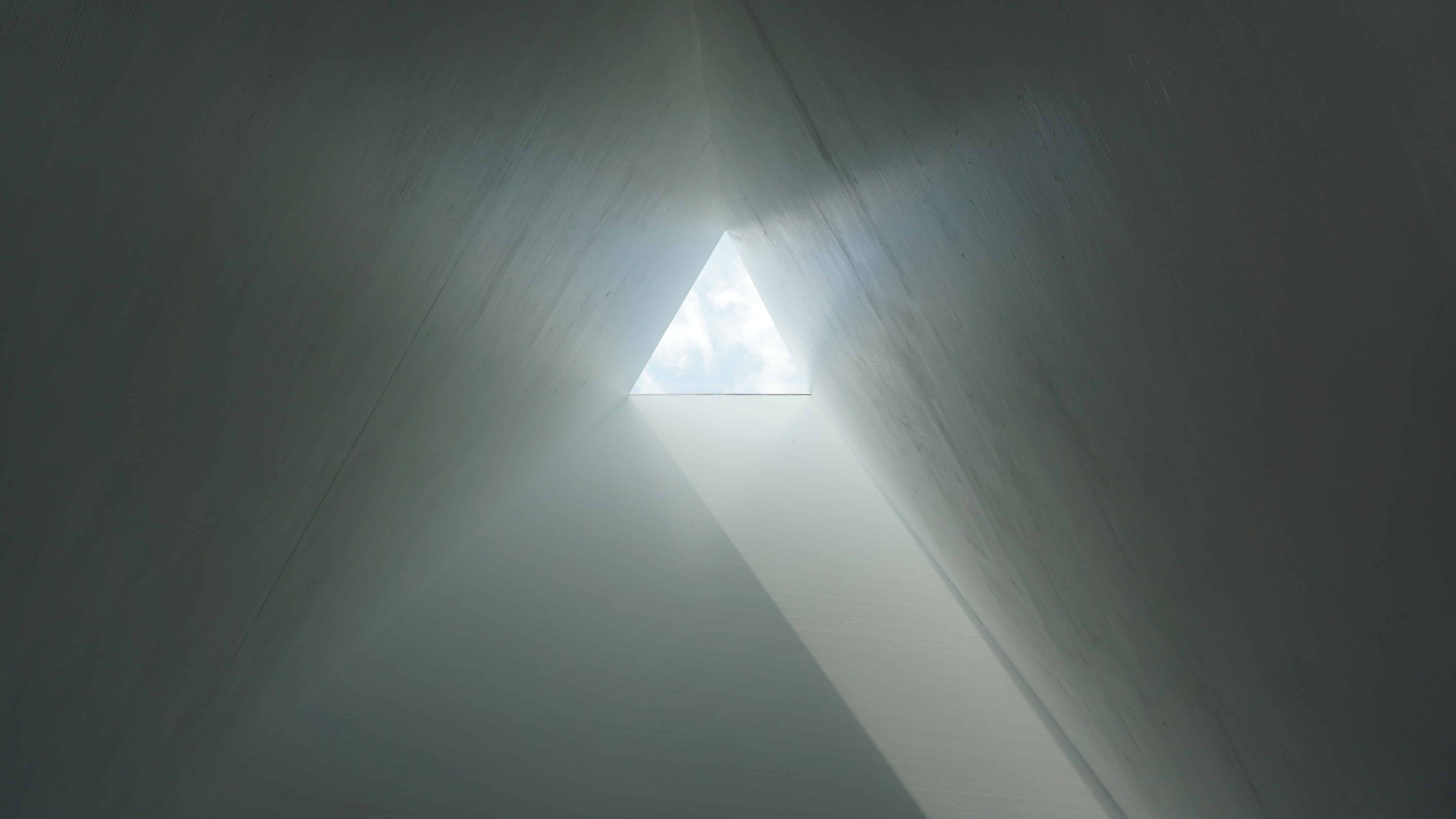Acoustic Composition 2
Natural Resonance (2004/09) (Revised 2010)
[An exploration of acoustic heterodyning frequencies]
Three Movements (in Study) for String Quartet
The Pictures on Your Wall for trombone and percussion contains this composer’s first tangible use of the natural harmonic (and sub-harmonic) series as a compositional tool and a passage of relatively simple multiphonics.
Multiphonics are the multiple tones and chords produced from brass and woodwind instruments conventionally associated with only being able to play one note at a time. Multiphonics are a phenomenon of idiomatic Natural Resonance, produced through a combination of unusual cross-fingerings, embouchure and articulation. The harmonic series of two or more fundamentals combine within the same cylindrical column to produce additional overtones and resonances, often resulting in an ancient, organic and ethereal acoustic soundworld that is remarkably reminiscent of contemporary electric guitar feedback (especially the tube-driven distortion of Hendrix).
Mictlan for amplified bass recorder and tape explores multiphonics in intricate detail, but they are primarily utilised as an aesthetic sound object within the electroacoustic environment, positioned in response to the relationships between their idiomatic timbres, more than for their literal or functioning pitch structure.
Wishing to understand the acoustic properties and primal soundworld of multiphonics, research led into the region of Acoustic Resonance and Heterodyning Frequencies.
Natural Resonance seems to describe the timbral characteristics of a string quartet quite accurately. It implies an organic phenomenon: acoustic vibration. It is as old as nature and is often discussed in relation to space and time, even the origins of the universe itself.
Heterodyning Frequencies
In literal terms, Natural Resonance refers to the additional sympathetic tones produced when sustained resonances vibrate against each other. These heterodyning frequencies can be produced above the pitches, as combination tones: the sum of the two frequencies, or as difference tones: the difference between the two.
Natural Resonance is a three-movement work for string quartet composed in 2004, but revised within the boundaries of its original format in 2009, and formally revised and part recomposed in 2010. The score was initially conceived as a theoretical compositional experiment, a focussed study exploring the potential for vertical musical harmony within the acoustic phenomenon of natural resonance.
Composed primarily around sustained resonance and heterodyning frequencies, this string quartet could be described as an ambient dreamscape of resonant consonance. The music is quite static and the textures are blatantly reductive, but the form of each movement maintains a fluid sense of linear slow motion and dynamic momentum.

The three movements explore similar material in similar ways, but each retains individual characteristics and subtle distinguishing features. 2010 revisions introduced more sustained resonance and adjusted pitch to balance and extend heterodyning relationships and vertical harmonies with subtle passing dissonances. Revisions also introduced a little more phrase and contour to help turn this theoretical compositional experiment into a more coherent performance piece.
Natural Resonance is a peaceful, meditative and ambient sonic journey, with form, tempi and proportion influenced by the Golden Ratio. The work evolved from a compositional study through which the composer first opened the door into this ancient and eternal acoustic realm (see Natural Resonance 3rd Movement Analysis PDF).
Along with Multiphonic Theory, Heterodyning Frequencies and Natural Resonance provided more flexible alternatives to composing with the quite restrictive and linear Harmonic and Sub-Harmonic Series, establishing an evolving and expanding palette for exploring the practical possibilities of working within the boundaries of the fundamental philosophy for composing with ‘ancient and natural resources’.





